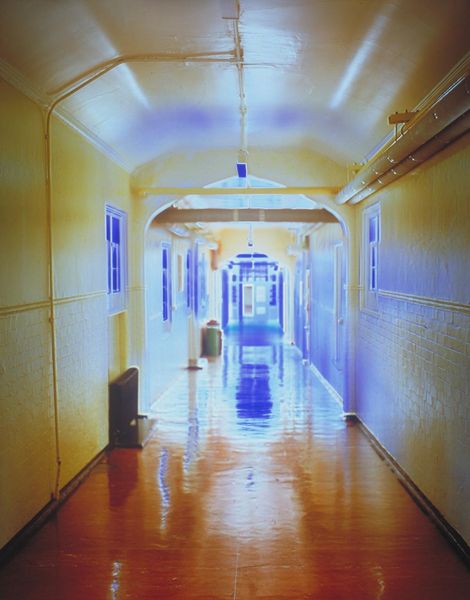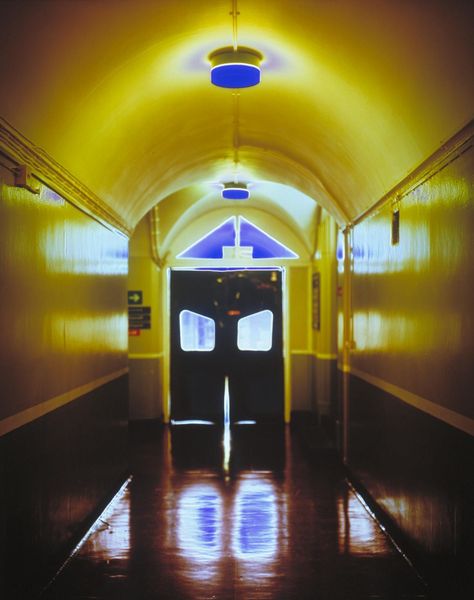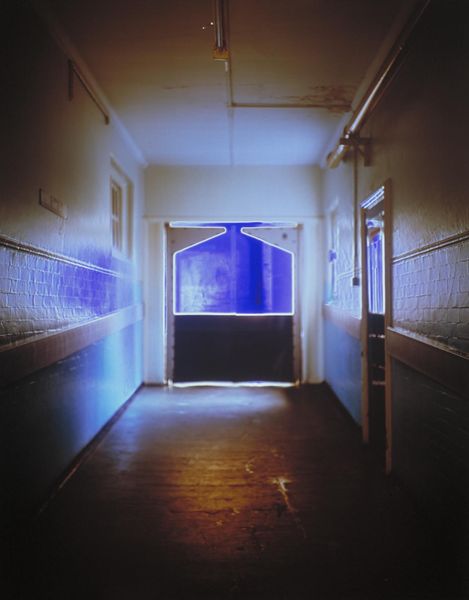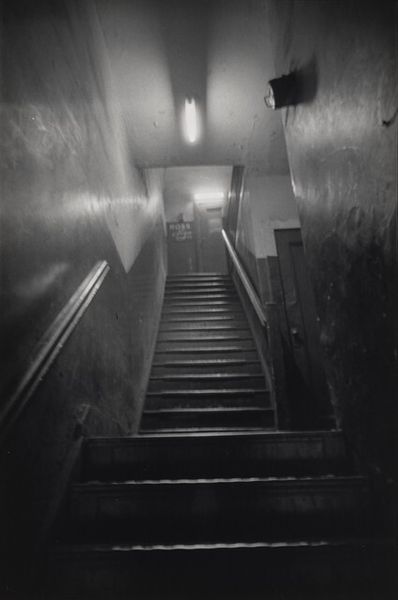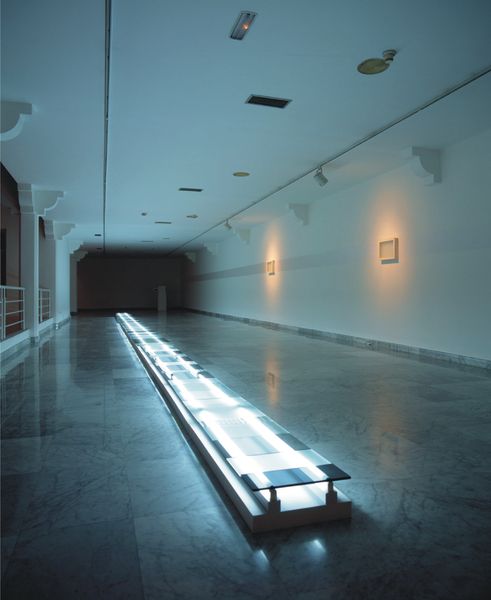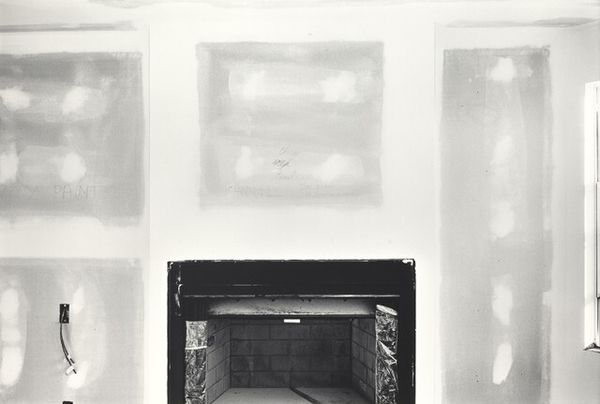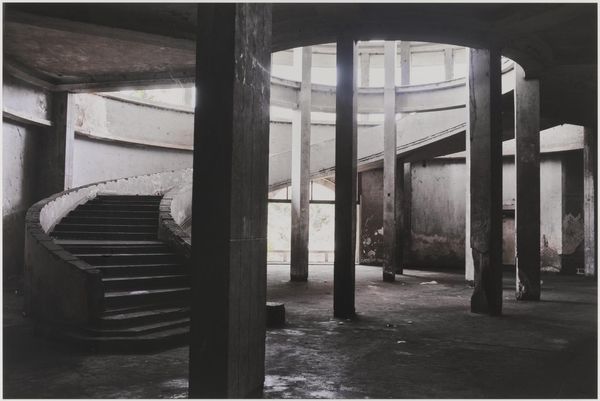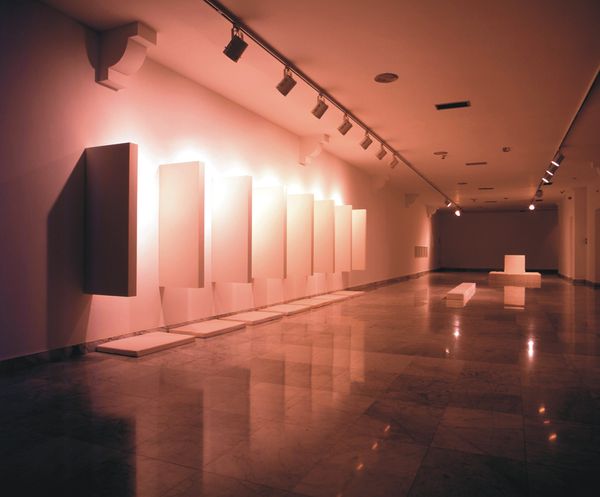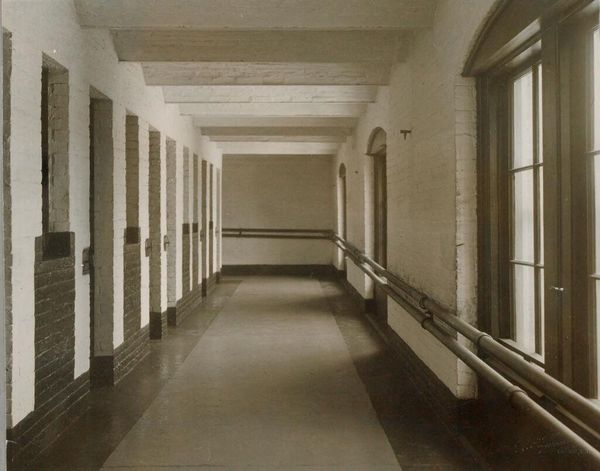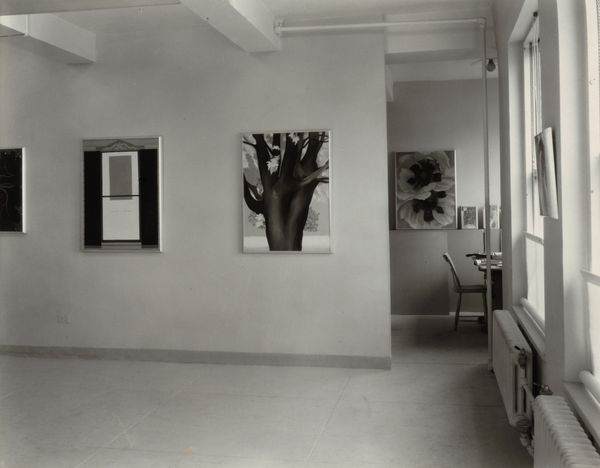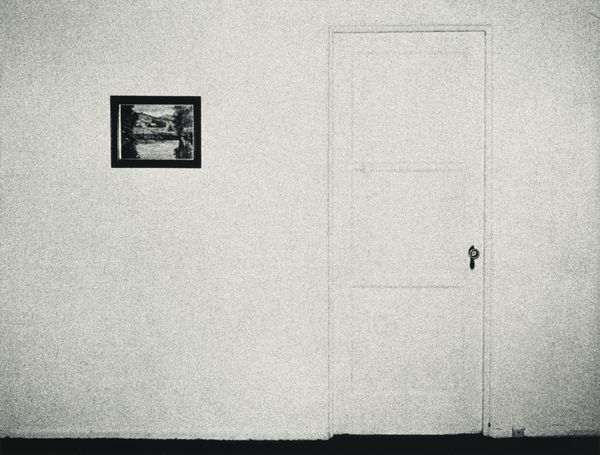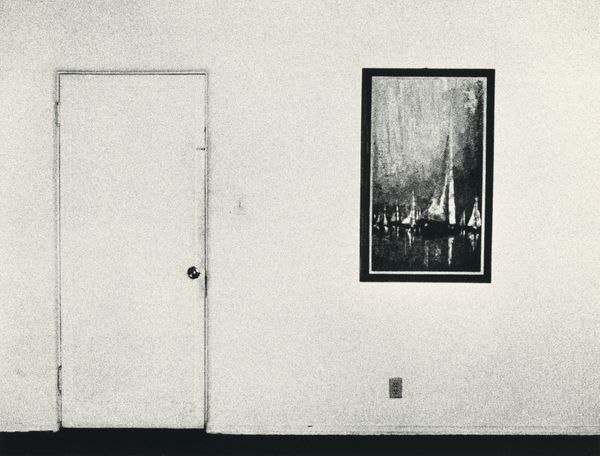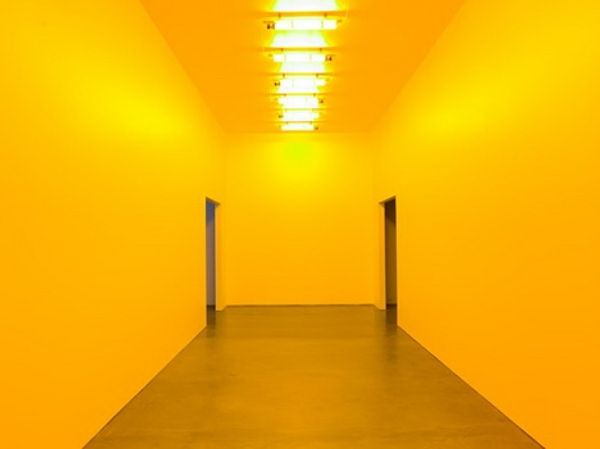
Copyright: © Ilya & Emilia Kabakov | CC-BY-NC-ND 4.0 DEED, Photo: Tate
Editor: Ilya Kabakov's "Labyrinth (My Mother's Album)" feels like stepping into a forgotten memory. The dim lighting and the repetitive frames create this really eerie feeling. How do you see the materials and the installation itself playing a role in the meaning? Curator: The mundane materials—the cheap paint, the bare bulbs—speak volumes. This isn't about high art; it's about the means of production under Soviet constraints, right? Editor: So, the limitations became part of the message? Curator: Absolutely. It's about labor, the construction of memory, and the social context. Think about the act of assembling these albums, the materials readily available versus the inaccessible ones. Editor: It really shifts how I see the personal aspect of the work. Curator: It challenges that traditional boundary between high art and lived experience by making the labor visible.
Comments
tate 7 months ago
⋮
http://www.tate.org.uk/art/artworks/kabakov-labyrinth-my-mothers-album-t07923
Join the conversation
Join millions of artists and users on Artera today and experience the ultimate creative platform.
tate 7 months ago
⋮
Labyrinth (My Mother's Album) is a large-scale installation consisting of a series of narrow corridors leading in a maze-like double spiral. The viewer enters the installation through a door and is lead through progressively shorter corridors at right angles until he or she enters a small space in the centre of the labyrinth. This room, only a square metre in size, contains bits of wood and other debris. A recording of the artist plaintively singing Russian romantic songs is audible in this room; the music can be heard faintly throughout the installation. The corridors then continue until the viewer exits the installation through another door.
